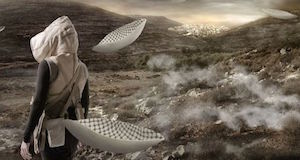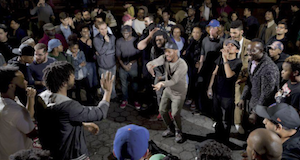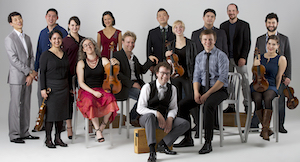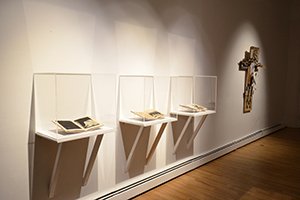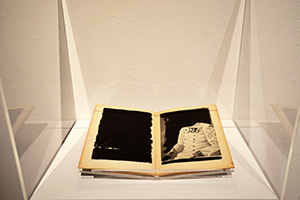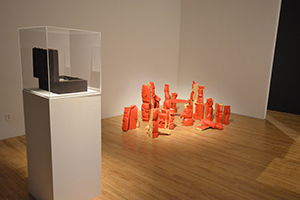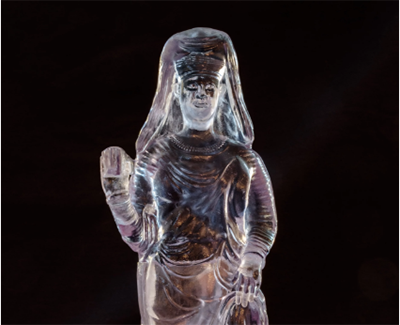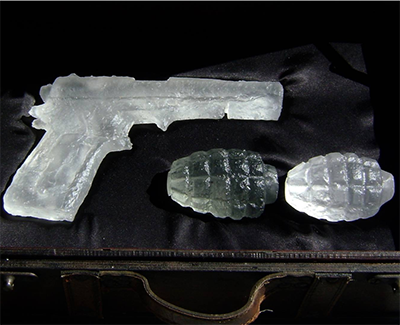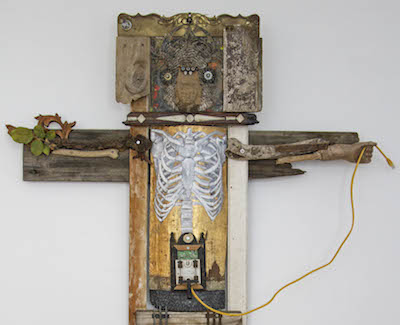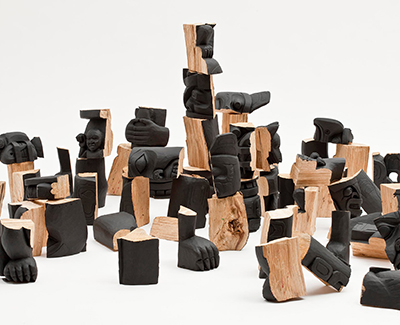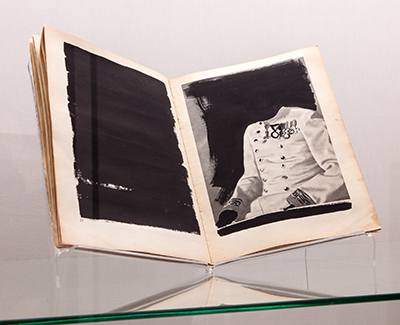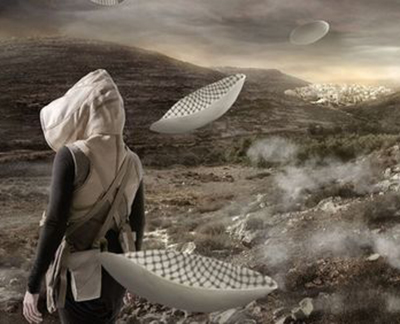The idea of traveling in time to alter or salvage the past is one of the few narrative motifs that appear in human cultures after the 1800s. Major narrative forms were invented, again and again, in many cultures and many times, but nowhere in human folklore, scripture, drama, or poetry does the idea of time travel arise until the dawn of the Industrial Revolution.
It seems odd, since almost all of us have the urge to change or resurrect the past. "When a child prays, 'Please, God, make it didn't happen,' he is inventing time travel in its essence," the science fiction author Larry Niven wrote. "The prime purpose of time travel is to change the past; and the prime danger is that the Traveler might change the past." The latter "danger" gives rise to the closely related genre of alternate history.
One of the ways we can come closest to bringing lost objects into the present, or creating an alternate history, is in works of art: objects and images drawn from an imagined past or alternative timeline and made actual, visible, tangible, in the present. This exhibition will feature artists who, in one way or another, attempt these acts of temporal recovery.
Not coincidentally many of these artists are members of diasporic, displaced, and/or Indigenous communities—communities for whom the apocalypse has already occurred, and for whom time travel has become imperative to survival.
And nothing can come to the present from the past unchanged.
It seems odd, since almost all of us have the urge to change or resurrect the past. "When a child prays, 'Please, God, make it didn't happen,' he is inventing time travel in its essence," the science fiction author Larry Niven wrote. "The prime purpose of time travel is to change the past; and the prime danger is that the Traveler might change the past." The latter "danger" gives rise to the closely related genre of alternate history.
One of the ways we can come closest to bringing lost objects into the present, or creating an alternate history, is in works of art: objects and images drawn from an imagined past or alternative timeline and made actual, visible, tangible, in the present. This exhibition will feature artists who, in one way or another, attempt these acts of temporal recovery.
Not coincidentally many of these artists are members of diasporic, displaced, and/or Indigenous communities—communities for whom the apocalypse has already occurred, and for whom time travel has become imperative to survival.
And nothing can come to the present from the past unchanged.
S.I. Rosenbaum is a journalist and artist born in Boston and living in Queens.



